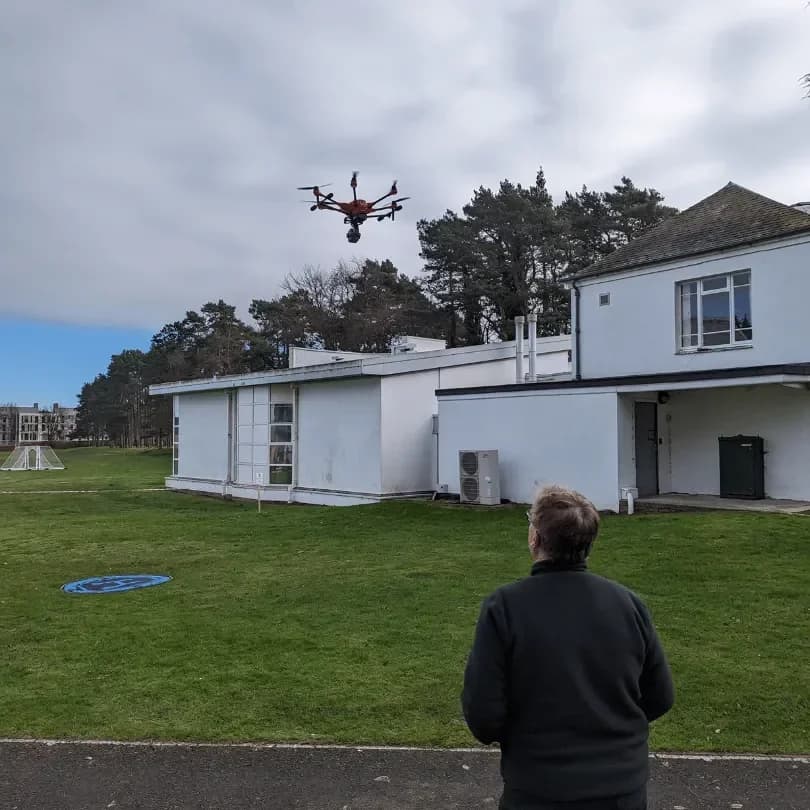
If you're a professional drone operator in the UK, you've probably looked beyond the Open Category's limits. The PDRA-01 framework offers a solution, granting you authorization to fly in built-up areas.
This opens up valuable commercial opportunities, but it also comes with strict conditions you must follow. Understanding these specific requirements is the first step to unlocking this operational freedom and determining if it's right for your business.
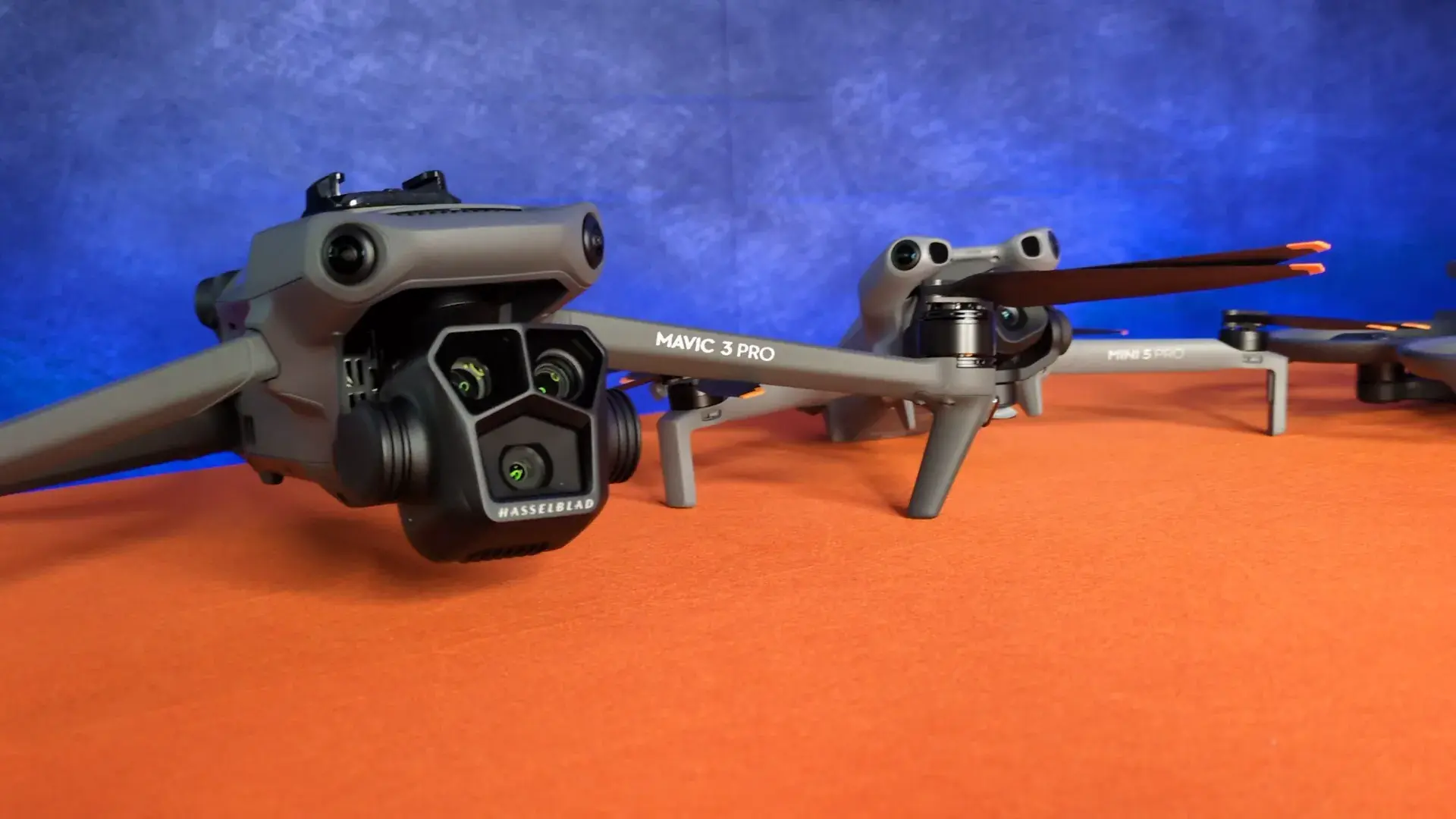
30 Second Summary
- PDRA-01 is a UK CAA authorization for commercial drone operations in built-up areas.
- It removes the standard 150-meter restriction, allowing flights within towns and cities.
- Operations are limited to Visual Line of Sight and a maximum horizontal distance of 500 meters.
- A minimum horizontal separation of 50 meters from uninvolved people must be maintained during flight.
- Applicants must submit a detailed Operations Manual and use a drone with a Direct Remote ID.
What is Drone PDRA-01 (Pre-Defined Risk Assessment 01)
Pre-Defined Risk Assessment 01 (PDRA-01) is a UK Civil Aviation Authority operational authorization, and it's the simplest route for flying commercially in built-up areas.
As a commercial drone operator, you'll find this authorization falls under the Specific Category of operations. It’s designed to give you a standardized, straightforward pathway for flights carrying higher risk than Open Category operations, especially within congested environments where people might be present.
This is your entry point for more complex commercial work.
This authorization specifically allows you to operate a drone weighing between 250g and 25kg. You can fly your drone in residential, commercial, industrial, and recreational zones, provided you always maintain Visual Line of Sight (VLOS) with the drone.
Essentially, PDRA-01 offers a pre-approved safety case from the CAA, which means you don’t need to develop a unique, complex one from scratch for these types of flights.
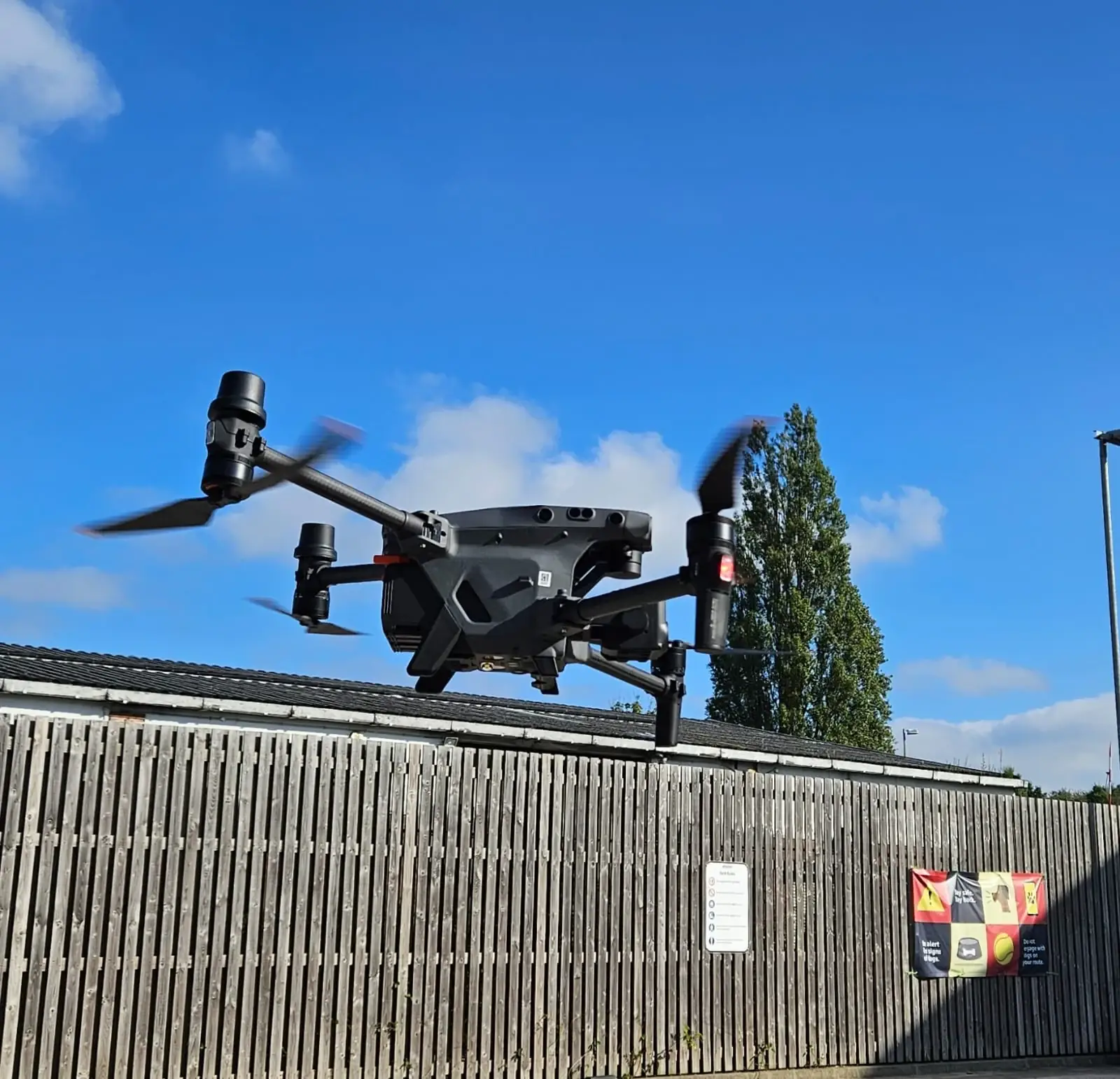
Key Privileges Of PDRA-01
With a PDRA-01, you gain key operational freedoms that aren't possible in the Open Category.
The most significant advantage is that it removes the standard 150-meter restriction from built-up areas that applies under Open Category A3 rules. This means you’re authorized to fly your drone within and over congested places like towns and cities, a major step up.
Your authorization also grants you the privilege of limited flight over uninvolved people. You must keep this to an absolute minimum and only when it's essential for your mission, but it’s a crucial capability the Open Category strictly prohibits.
Furthermore, you aren't restricted to daylight hours. A PDRA-01 lets you conduct operations 24 hours a day, which includes night flying.
You just need to follow the approved night procedures outlined in your specific Operations Manual to unlock this powerful capability.
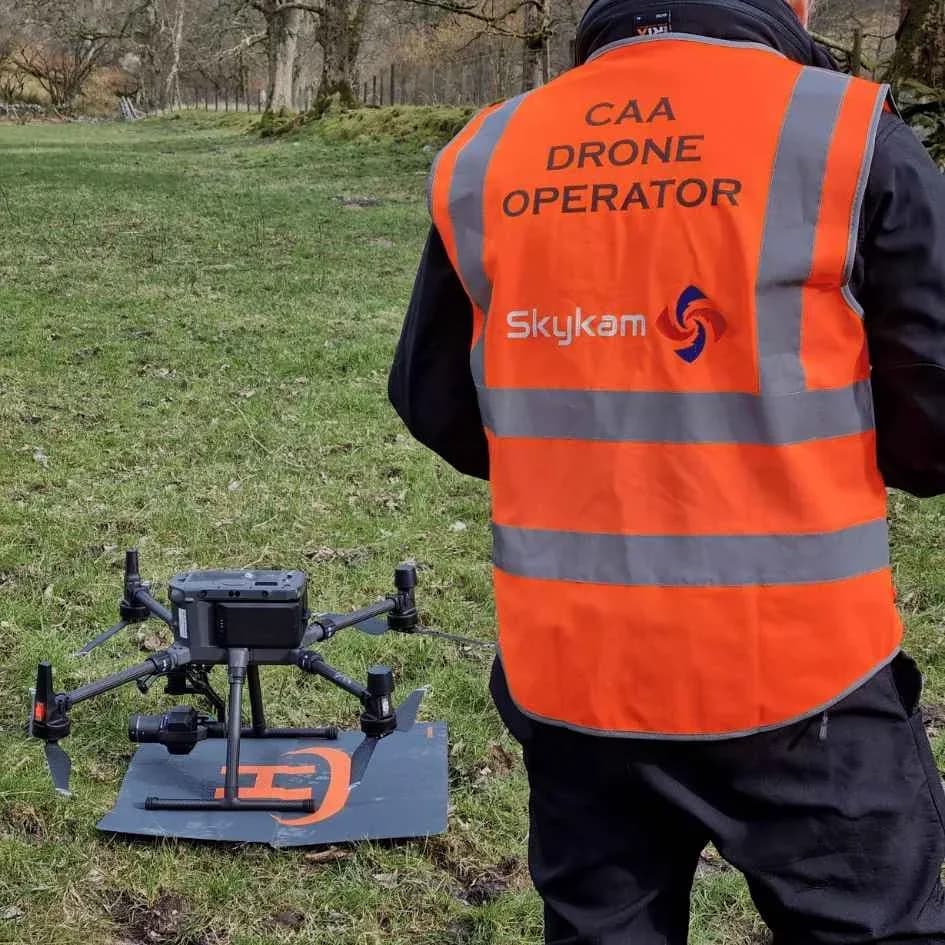
Drone Operational Limits Of PDRA-01
Although a PDRA-01 grants you greater flight freedoms, it also enforces strict operational limits to ensure safety.
You're restricted to flying within Visual Line of Sight (VLOS), and you can't let your drone go beyond a 500-meter horizontal distance from your location. When flying, you must maintain at least 50 meters of horizontal separation from uninvolved persons. This buffer reduces to just 30 meters during your takeoff and landing procedures.
Your maximum flight altitude is capped at 120 meters (400 feet). You can get a special 15-meter "pop-up" extension when inspecting tall structures, but only if you stay within 50 meters of that structure.
Lastly, you're strictly forbidden from overflying assemblies of people at any height. You’ll always need to maintain a 50-meter horizontal separation from crowds to keep your operations compliant and safe for everyone.
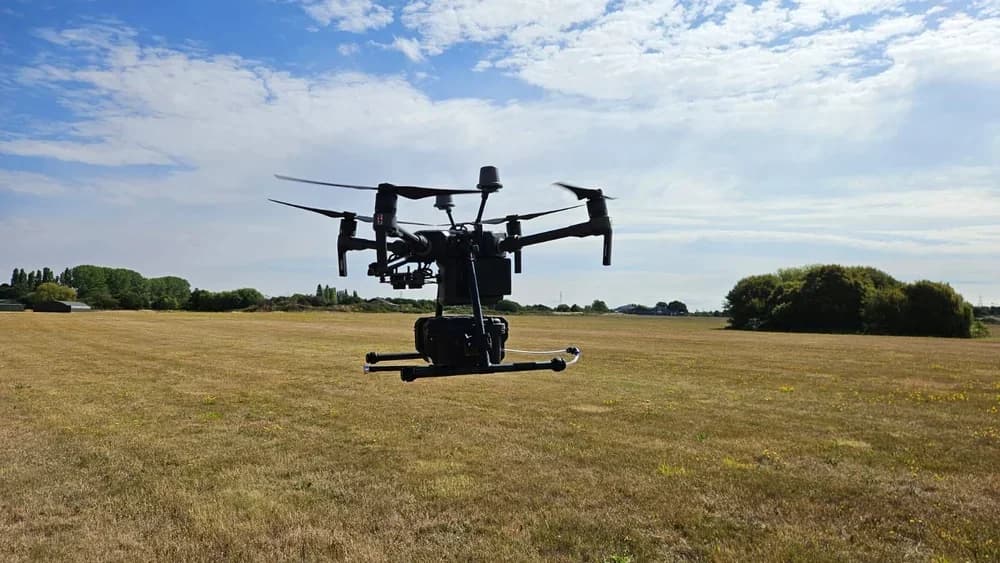
Requirements and Cost of Drone PDRA-01
Beyond adhering to the strict operational limits, gaining a PDRA-01 requires you to meet specific criteria and pay an application fee to the CAA.
First, you must hold a valid Flyer ID and Operator ID. You'll also need to produce a detailed Operations Manual that proves you understand and can manage the risks of your intended flights.
A major technical requirement is that your drone must be equipped with a Direct Remote ID system, a non-negotiable component. It's crucial for keeping the UK's ever-busier airspace safe and secure.
The system broadcasts your drone’s real-time data, enabling police and enforcement authorities to easily identify whether you're operating legally and responsibly. This brings UK drone operations in line with systems already implemented in the USA and throughout Europe.
To complete your application, you must submit it to the CAA and pay their current non-refundable fee for official review and processing.

Common Use Cases For Drone PDRA-01
The permission to fly in built-up areas makes the PDRA-01 exceptionally useful for a range of commercial work.
If you're in construction or property maintenance, you'll find it’s ideal for conducting detailed roof and building inspections.
This lets you safely and efficiently identify structural issues or heat loss without the high costs and risks associated with scaffolding or manual access, saving significant time and money on your projects.
For marketing, this authorisation is a game-changer. As an estate agent, you’re empowered to capture striking aerial photography of residential developments to showcase properties in a compelling way, even within towns and cities.
You can also perform detailed surveys of recreational sites like golf courses or parks that are situated in or near congested areas.
Essentially, any commercial operation that requires you to fly in a built-up area while maintaining Visual Line of Sight (VLOS) becomes possible.
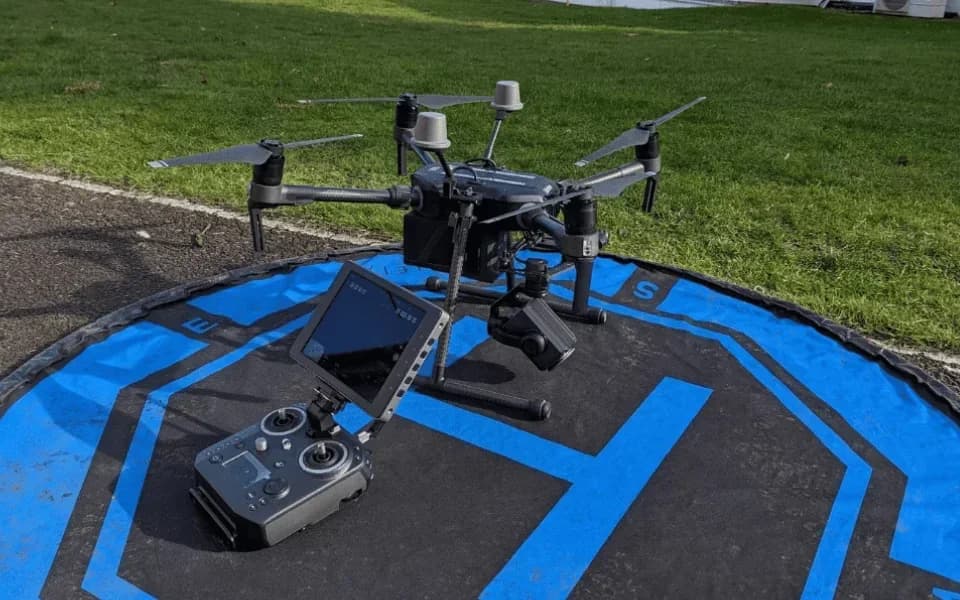
Frequently Asked Questions
How Long Does a PDRA-01 Authorisation Last?
Your PDRA-01 authorisation is valid for 12 months from its issue date. Remember, it doesn't renew automatically.
It's your responsibility to apply for a renewal with the CAA before it expires to avoid any interruption to your operations. You'll need to ensure your operations manual is current and reflects your procedures, as this forms a key part of the renewal process.
Don't get caught out and find you're unable to fly legally.
What Happens if I Breach the PDRA-01 Conditions?
If you breach your authorisation's conditions, you're committing an offense. The Civil Aviation Authority (CAA) will investigate any reported non-compliance.
You'll face serious consequences, which could include the suspension or revocation of your authorisation. The CAA can also prosecute you, leading to significant fines or even imprisonment.
Remember, breaching the conditions will likely invalidate your insurance, leaving you personally liable for any damages or injuries that your drone operation causes.
Is My UK PDRA-01 Valid for Use in Europe?
No, your UK PDRA-01 isn't valid for flights in Europe. It's a national authorisation granted only by the UK's Civil Aviation Authority (CAA).
Since the UK isn't an EASA member state, your permissions don't automatically transfer.
To conduct similar operations abroad, you'll need to apply for an operational authorisation from the national aviation authority of the specific EU country where you intend to fly, following their distinct rules and procedures.
How Long Does the CAA Take to Approve PDRA-01?
You should plan for the CAA to take up to 28 working days to process your PDRA-01 application. This is their standard service level, but it’s not a guarantee.
If your paperwork isn’t complete or if they're experiencing high volumes, your approval will take longer.
To help avoid delays, you’ll want to double-check everything before you submit and apply well in advance of any flights you've planned under the authorisation.
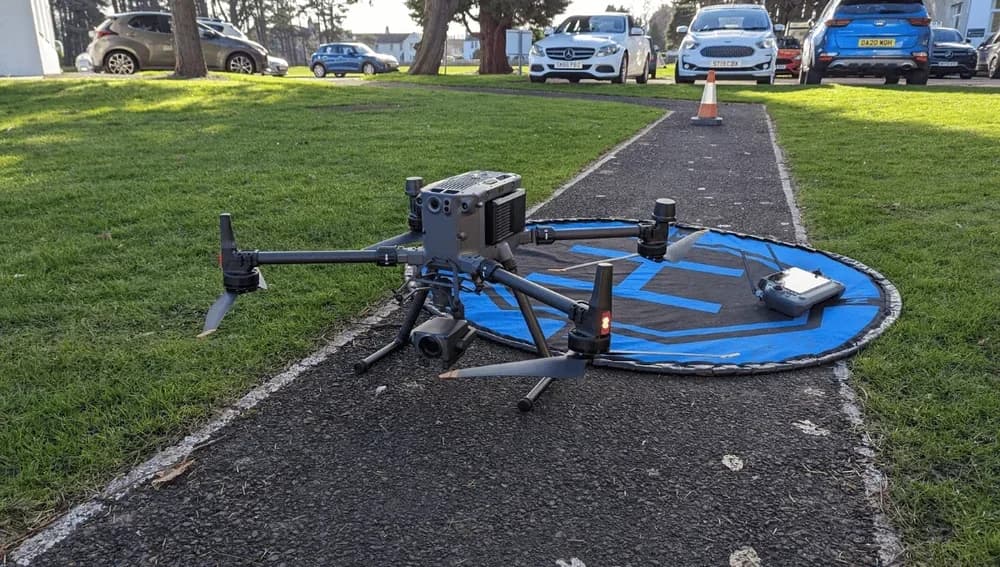
Can I Fly a Non-C1 Class Drone Under PDRA-01?
Yes, you can fly a non-C1 drone. Your PDRA-01 operational authorisation isn't restricted to a specific drone class.
It permits you to operate any drone, including legacy models built before 2023 without a C-marking, as long as its maximum take-off mass is under 25kg.
If your drone fits within this weight limit, you're approved to fly it under the PDRA-01's specific conditions, provided you follow all the required operational procedures.
Unlock Urban Drone Operations With Verified UK Drone Pilots
While the PDRA-01 framework unlocks essential commercial drone operations in the UK's built-up areas, sourcing a qualified drone pilot with the correct operational authorisation and experience for such projects can be a challenge.
This is where HireDronePilot excels. As the UK's premier managed marketplace, we specialise in connecting businesses with a nationwide network of professional drone pilots who are fully vetted and hold the necessary CAA permissions for work in the Specific Category.
Our platform is designed to streamline drone services through competitive bidding, ensuring you not only hire professional drone pilots but also receive the best value while ensuring quality, compliance, and value for every aerial project across the United Kingdom.
Don't let regulatory complexity hold your project back. Start your PDRA-01 project with confidence and find your CAA-approved urban drone operator today.
About the Author

Written by
Peter Leslie
Peter Leslie is a CAA-approved commercial drone pilot with 10+ years experience and over 10,000 flight hours. He holds the GVC and A2 CofC drone licences with full CAA Operational Authorisation. Peter is a member of ARPAS-UK, the UK's non-profit trade association for the drone industry. He founded HireDronePilot to connect UK businesses with qualified, insured drone operators.
Looking for More Drone Work?
Join the UK's leading network of professional drone pilots and grow your business.
Open Access
Bid on any job - all jobs open to all pilots
Grow Revenue
Access high-value commercial projects
Stay Busy
Fill your schedule with regular work
Related Articles

Our Drone Survey Service In Stirling, Scotland
Bringing you Stirling drone survey data from areas no one else can fly.

How Much Does A Drone LiDAR Survey Cost
Forecasting your drone LiDAR survey cost requires understanding what's hidden beyond the initial quote.

Step By Step Process Of Drone LiDAR Survey
Next, discover the crucial post-flight steps that determine your survey's success.
